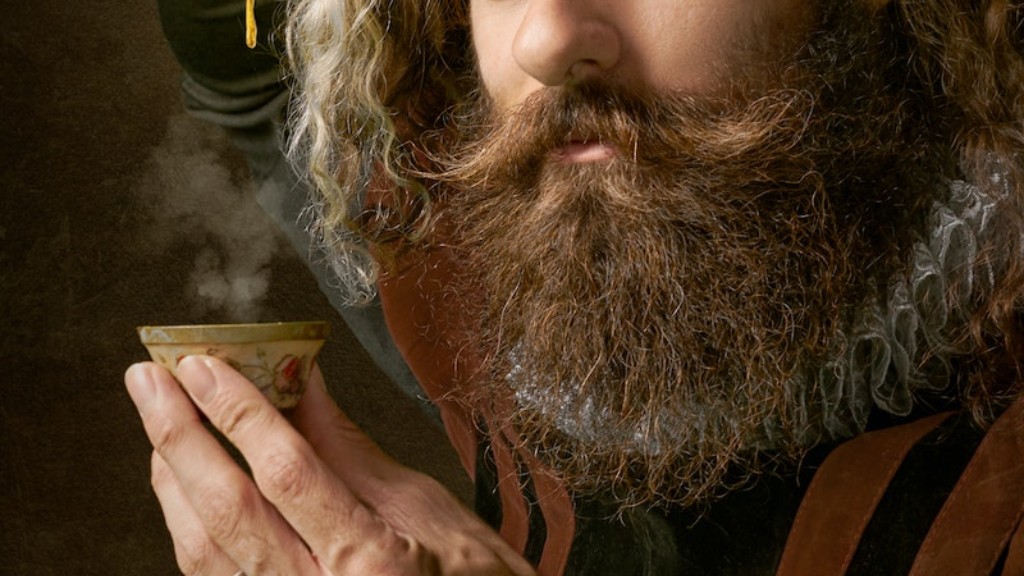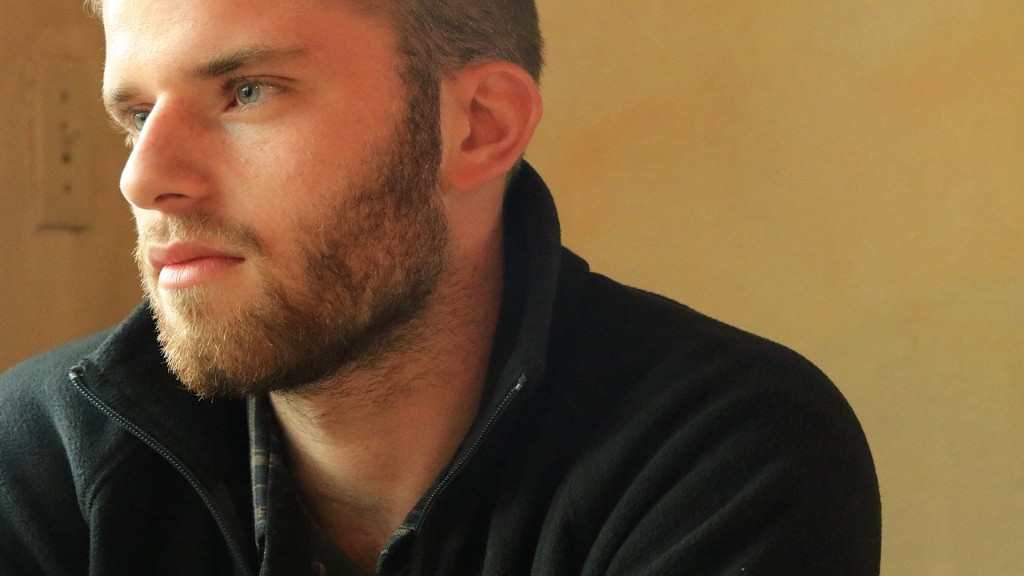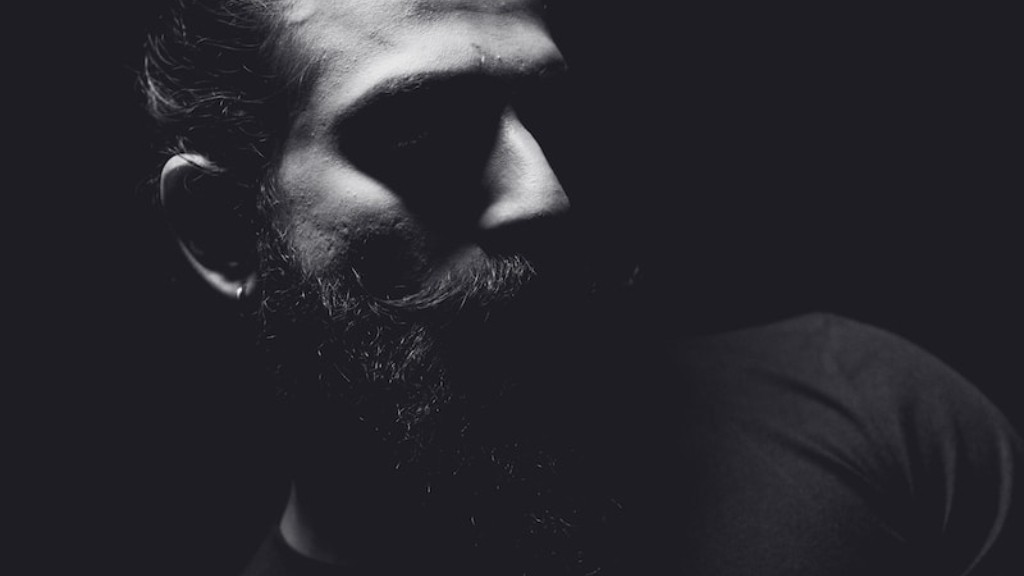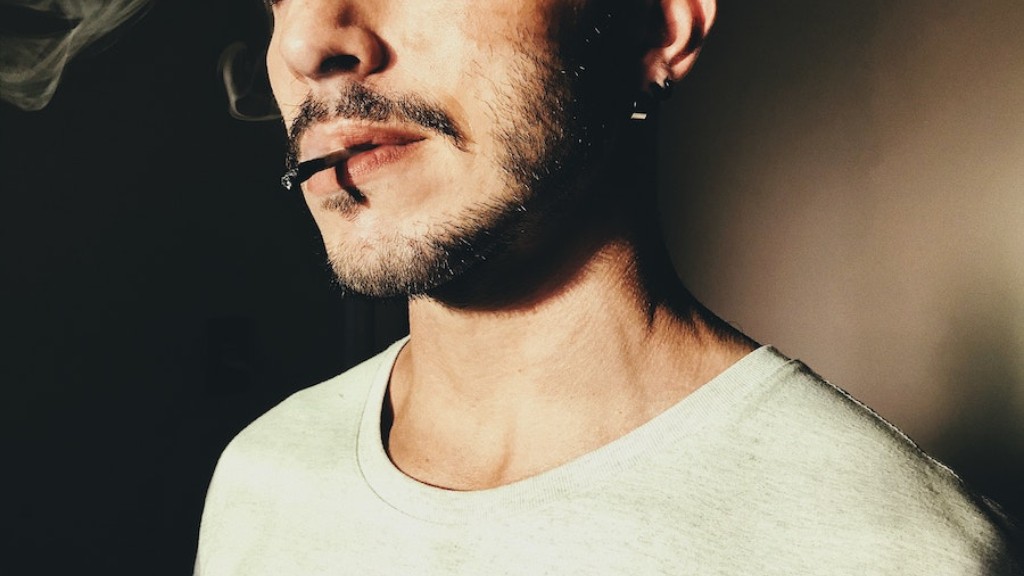There are many urban legends and myths surrounding head lice and beards. The most common myth is that lice can live in beards and cause an infestation. Head lice are parasites that feed on human blood. They are about the size of a sesame seed and have 6 legs. They are not able to fly or jump, but can move quickly from one hair to the next. Head lice are attracted to warmth and the smell of human hair. They are most commonly found on the scalp, but can also be found on other parts of the body, like the eyebrows, eyelashes, and beard.
No, head lice cannot live in your beard.
Do I have to shave my beard if I have lice?
If you have lice in your beard, it’s best to get them removed professionally. Shaving your beard is not the solution, as lice can also live in your hair. The head is the first place these critters attack, so you need to get rid of them as soon as possible.
Lice can be a nuisance, but there are ways to get rid of them! A special comb can help remove lice, and by pulling out nits or lice with your fingers or tweezers, you can get rid of them for good. A magnifying glass can help you see the nits and lice, so you can be sure you’re getting rid of them all.
How common is beard lice
While lice are most commonly found in the hair on the head, they can also be found in other areas of the body including the eyebrows, chest hair, armpits, and eyelashes. While it is rare to find lice in facial hair, it is possible. If you suspect you have lice, it is important to treat the infestation as soon as possible to prevent the spread of the lice to others.
Head lice and their eggs (nits) can quickly die if they’re not on a human head. Adult head lice can only live for a day without blood from a human. Nymphs (young head lice) can live only a few hours without blood from a human.
Will buzzing hair get rid of lice?
While shaving your head may seem like a quick and easy solution to getting rid of lice, it unfortunately will not work. This is because lice live on the base of the hair and on the scalp, and the nits are laid right at the base of the hair against the scalp. So even if you shave all of your hair off, the lice and nits will still be there, and will just end up causing your scalp to itch even more.
To check for lice, use your fingers to separate a small section of hair and create a part. The part should allow you to clearly see the person’s scalp. Look for lice crawling on the scalp where the hair is parted or on the hair shaft. The lice will be dark in color and the size of a poppyseed.
What kills super head lice?
If you have active lice, you should start by using pyrethrin shampoo or other over-the-counter lice treatments. Make sure to carefully comb your hair with a nit comb every night, and wash and dry linens, clothing, hats, and scarves. Repeat the treatment after 7 days.
It’s important to avoid head-to-head contact during play and other activities to prevent the spread of lice. This means no sharing of clothing, hats, scarves, coats, sports uniforms, hair ribbons, or barrettes. Combs, brushes, and towels should also not be shared.
Can bugs live in your beard
Scientists have discovered 65 different species of mites, two of which— Demodex folliculorum and Demodex brevis— are found on human beings. These mites are especially attracted to hair follicles and are commonly found where hair grows on or near the face. So, if you have a beard, there’s probably quite a few mites in there!
Demodex is a type of mite that lives in human hair follicles, usually on your face. Almost everyone has these mites, but they usually don’t cause any problems. But Demodex can multiply too quickly in people who are immunocompromised or have other skin conditions.
Are guys less likely to get lice?
There are a few theories as to why girls may get head lice more often than boys. One theory is that girls tend to have more head-to-head contact than boys, which can lead to the transfer of lice. Another theory is that girls typically have longer hair than boys, which provides more opportunities for lice to attach to the hair shaft. In the United States, infestation with head lice is much less common among African-Americans than among persons of other races. This may be due to the fact that African-Americans typically have shorter hair than other groups, making it more difficult for lice to attach to the hair shaft.
Without feeding on blood, adult lices will die within 1 to 2 days. This is why it is important to check for lice regularly, especially if you are sharing close quarters with others. Lice can live up to 30 days on a person’s head, so they can easily spread from one person to another. If you think you may have lice, be sure to comb through your hair with a fine-toothed comb and look for nits (lice eggs). If you find any, you should treat them immediately to prevent the infestation from spreading.
Can you have lice for years and not know it
If you’ve noticed persistent itching on your scalp, it’s possible you have head lice. Many people with head lice don’t experience any symptoms at all, so it’s impossible to diagnose the condition based on symptoms alone. However, if you’re also experiencing other symptoms like frequent headaches or pain in the neck and shoulders, it’s a good idea to check for lice.
Lice are small parasitic insects that live in the hair of mammals. They are a nuisance to their hosts, but they can also spread diseases. Lice glue their eggs to the hair strands of their host. However, if a piece of hair with an egg falls out while the lice host is sleeping, an egg could end up on pillows or sheets. Since eggs do not need a host to survive, they will continue to live until a nymph hatches from it.
How do you get rid of lice in one day naturally?
Vinegar is an effective treatment for nits and lice. The acidic properties in vinegar kill the nits and lice. To use vinegar as a treatment, mix 1 cup of vinegar with 1 cup of warm water. Apply the mixture to the scalp and cover the hair with a shower cap or plastic bag. Leave the mixture on for 30 minutes to 1 hour. Rinse the hair with warm water and shampoo as usual.
Lice and nits can’t survive the high heat. It’s true that lice and nits can’t survive temperatures above 113°F (45°C). This makes them susceptible to any heat source, such as a hairdryer or the plates of a hair straightener.
Conclusion
No, head lice cannot live in your beard.
Despite what you may have heard, head lice cannot live in your beard. They need hair that is close to the scalp in order to survive, so they are not likely to be found in beards. If you suspect that you have head lice, it is important to see a doctor or nurse to get treatment.




